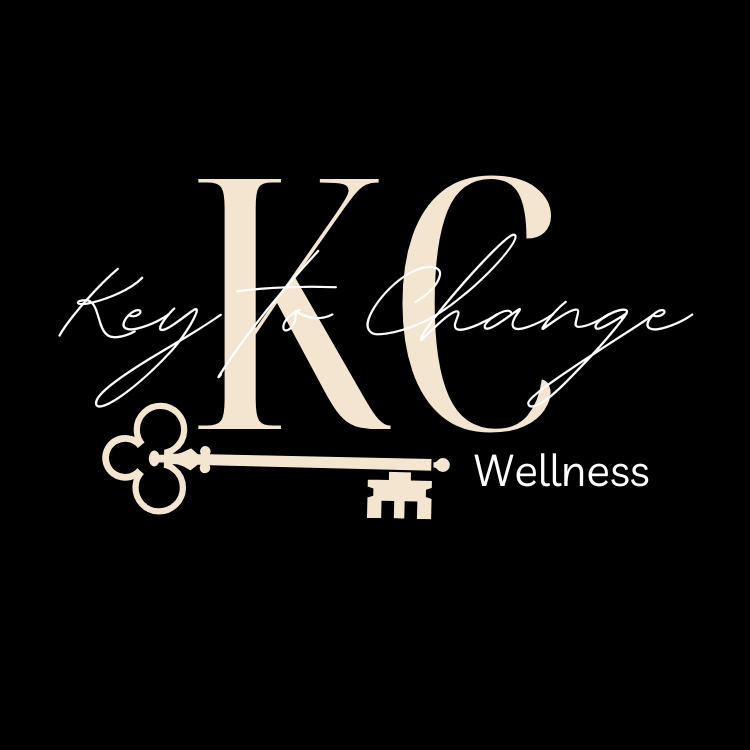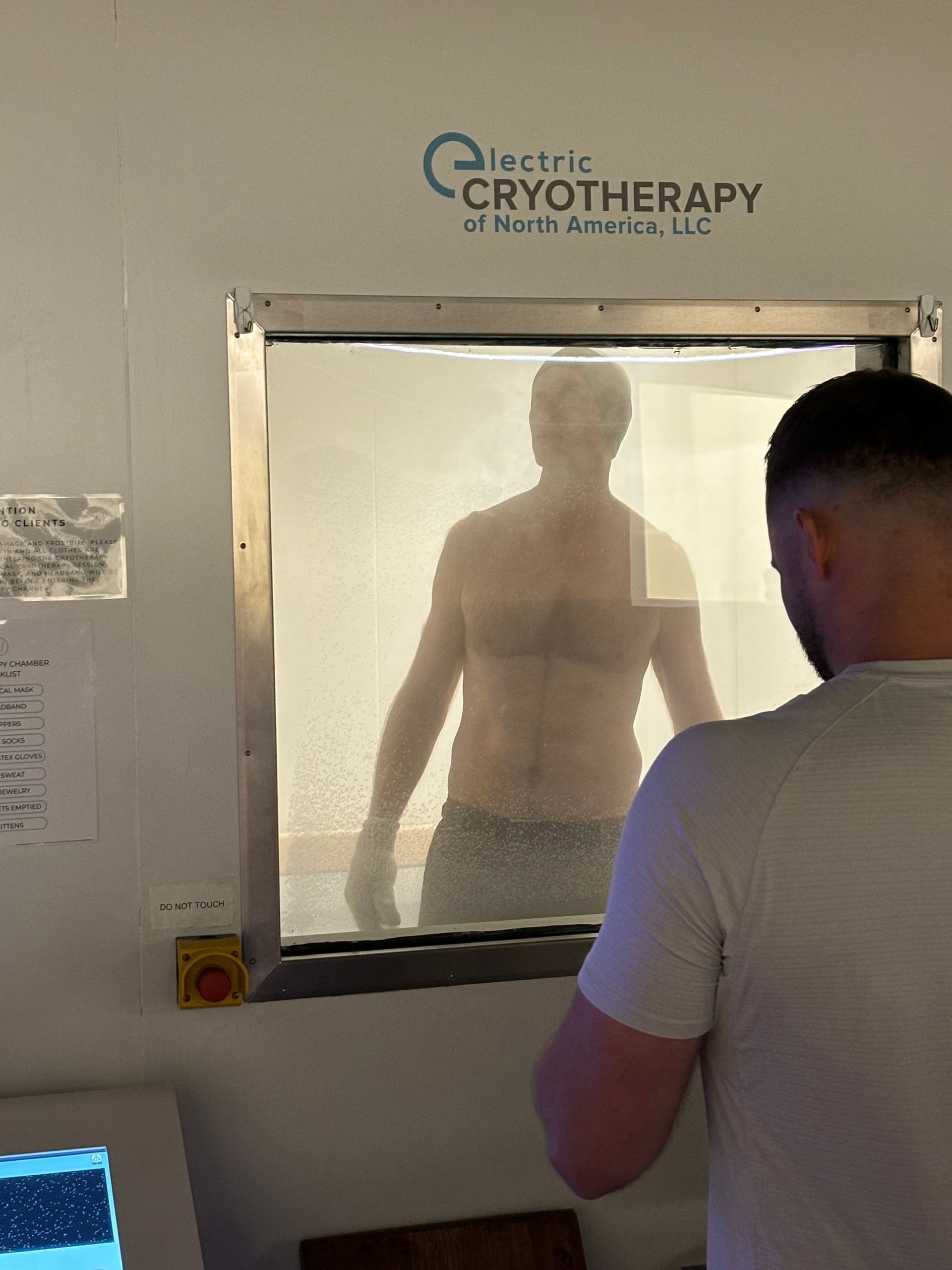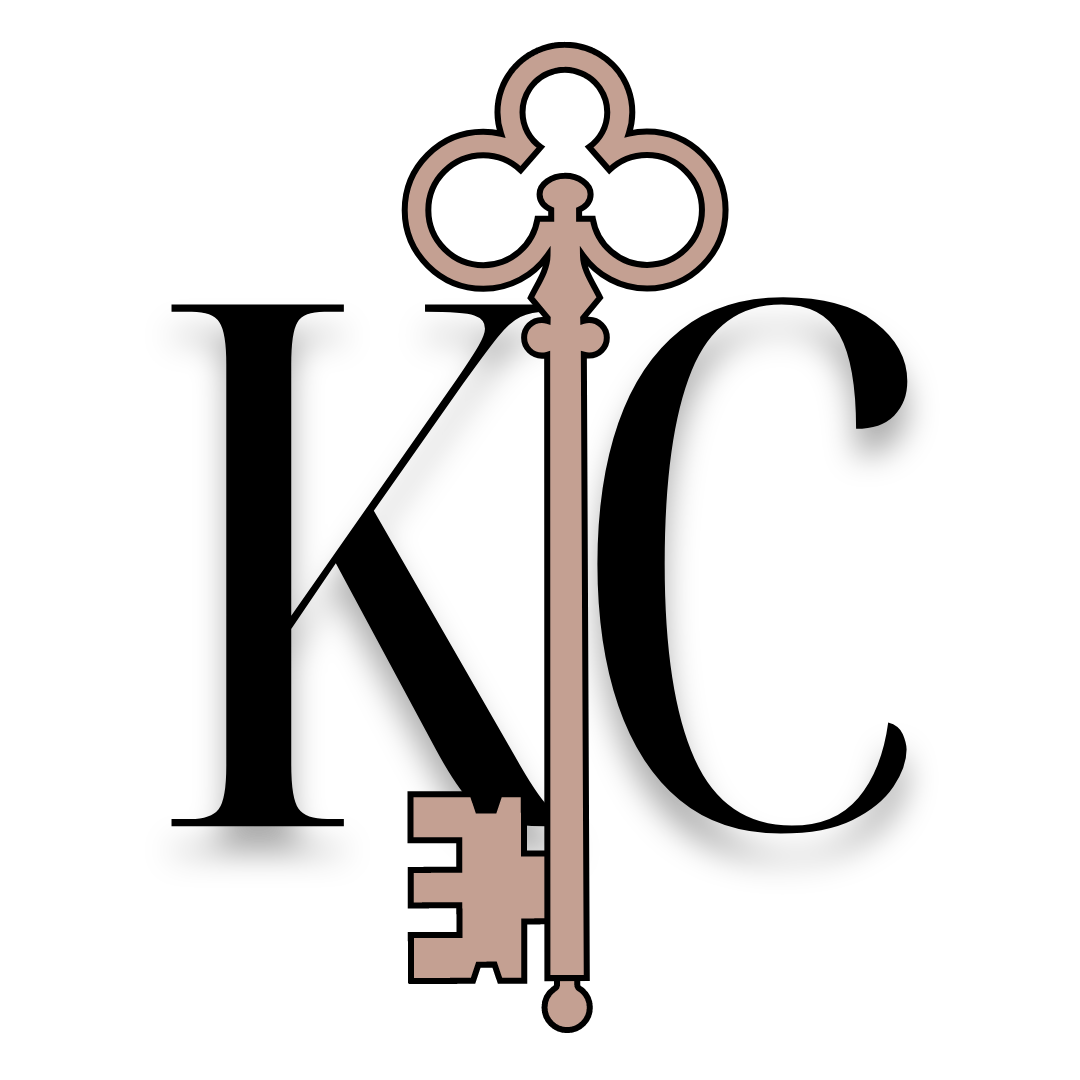Information about Wellness, Chiropractic Care, & Physical Therapy
Blogs | Key to Change Wellness in Chattanooga, TN
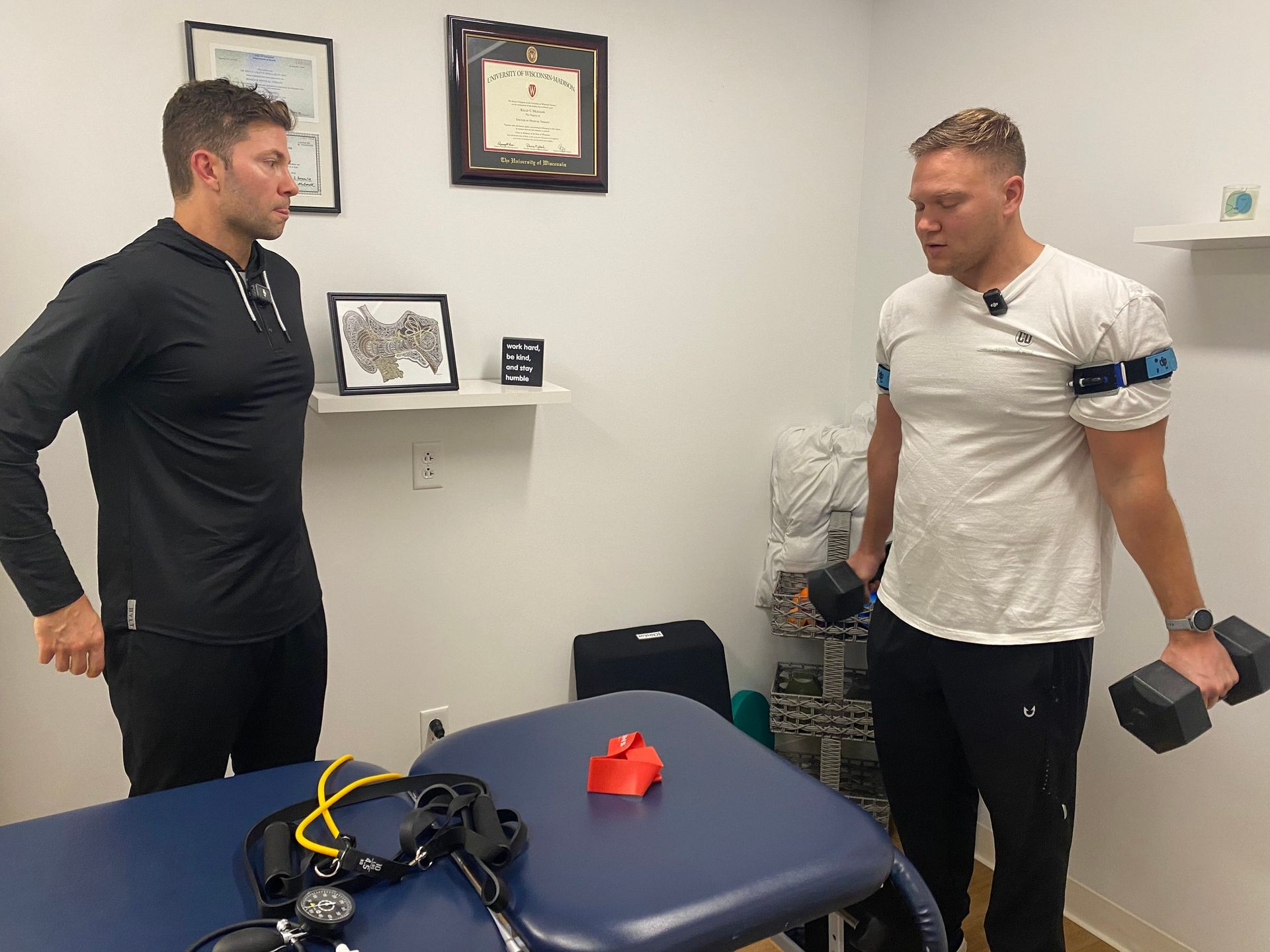
March 21, 2025
In the world of fitness and rehab, there’s a rising technique that’s gaining traction for both speeding up healing and making workouts more efficient: blood flow restriction (BFR) therapy. This simple yet effective technique has shown to be beneficial in both clinical and fitness settings, especially when combined with chiropractic or physical therapy care. Let's dive into how BFR works, why it's so helpful, and how you can incorporate it into your recovery or fitness routine. What Is Blood Flow Restriction Therapy? Blood flow restriction therapy involves using a specialized cuff to limit (not cut off) blood flow to a specific area of the body, usually a limb. This creates a unique environment for the muscles by trapping blood in the targeted area and making it harder for fresh blood to flow in. As a result, you can work muscles harder without adding heavy weights, which makes BFR ideal for people recovering from injuries or managing pain. How BFR Helps with Healing One of the biggest advantages of BFR is its ability to stimulate muscle growth and improve strength, even with light weights. This is particularly beneficial for anyone recovering from an injury or surgery, where heavy weights might be too painful or risky. Here’s a closer look at the main benefits: Increased Muscle Strength and Size with Less Load: Research has shown that BFR can increase muscle strength and size with weights as light as 20-30% of what you might typically lift. This low load reduces strain on healing tissues, joints, and tendons while still stimulating muscle growth, making it perfect for people rehabbing an injury or starting back with exercise. Enhanced Healing Through Growth Hormones: BFR has been found to increase the release of growth hormone and other healing factors that promote tissue repair. By temporarily reducing oxygen in the muscle, BFR creates a unique “stress” that stimulates the release of these hormones, helping to speed up recovery. Improved Endurance and Cardiovascular Benefits: Because BFR involves doing more repetitions with lighter weights, it also offers cardiovascular benefits and enhances muscle endurance. This is a bonus for athletes who want to stay fit without overloading their bodies, as well as those looking to improve endurance without high-impact workouts. Why Combine BFR with Physical Therapy or Chiropractic Care? When you combine BFR with physical therapy or chiropractic care, you’re adding an efficient tool to support pain-free movement and functional strength. Here’s why BFR pairs well with these treatments: Reduced Strain on Joints: Since BFR allows for lighter weights, there’s less strain on your joints and other sensitive structures. For patients recovering from musculoskeletal injuries, arthritis, or surgery, this can be a game-changer in staying active while safely rebuilding strength. Customized Rehab Plans: Physical therapists or chiropractors can easily integrate BFR into their treatment plans. For example, if you're in physical therapy after a knee injury, your therapist might use BFR to safely strengthen the muscles around your knee without putting excessive strain on it. Support for Natural Alignment and Movement Patterns: Chiropractors often focus on restoring natural alignment and movement. BFR can help maintain muscle tone and stability without interfering with this goal, as the technique focuses on strength without heavy weights. What a BFR Workout Looks Like A BFR session is typically a short workout targeting the arms or legs, and it doesn’t need fancy equipment. Here's a basic BFR workout to give you an idea: Warm-Up: Begin with a light 5-10 minute warm-up. This can be a simple walk, some gentle stretching, or mobility exercises to prepare your body for movement. This may simply include the manual therapies provided by your PT or chiropractor. Apply the BFR Cuff: Once warmed up, apply the BFR cuff to the upper part of the arm or leg, depending on which area you’ll be working. Make sure it's snug but not painful, and always follow instructions from a certified professional or therapist. Exercise with Light Resistance: Pick a light weight or resistance band and perform 3-4 sets of an exercise (e.g., bicep curls for arms, squats for legs) with high repetitions (15-30 reps per set). Rest for 30-60 seconds between sets. You’ll feel the muscles working more intensely than you would with heavier weights. Cool Down and Release the Cuff: After the workout, release the cuff to restore full blood flow. Follow up with some light stretching or a cool-down to help relax the muscles. Things to Keep in Mind Get Guidance from a Professional: BFR can be highly effective, but correct application is essential. Too much restriction can be harmful, so always consult with a trained physical therapist, chiropractor, or BFR-certified professional. Listen to Your Body: BFR can create an intense muscle burn, even with light weights. This is normal, but sharp pain or extreme discomfort is not. Listen to your body and adjust as needed. The Bottom Line Blood flow restriction therapy is a fantastic tool for enhancing healing and getting a powerful workout without heavy weights. It’s especially helpful for those recovering from injury, managing pain, or looking to get stronger without overloading their joints. When used alongside physical therapy or chiropractic care, BFR offers an efficient, low-impact way to stay strong and support recovery. If you’re interested in trying BFR, reach out to Key to Change Wellness to see if it’s a good fit for your health and fitness goals.
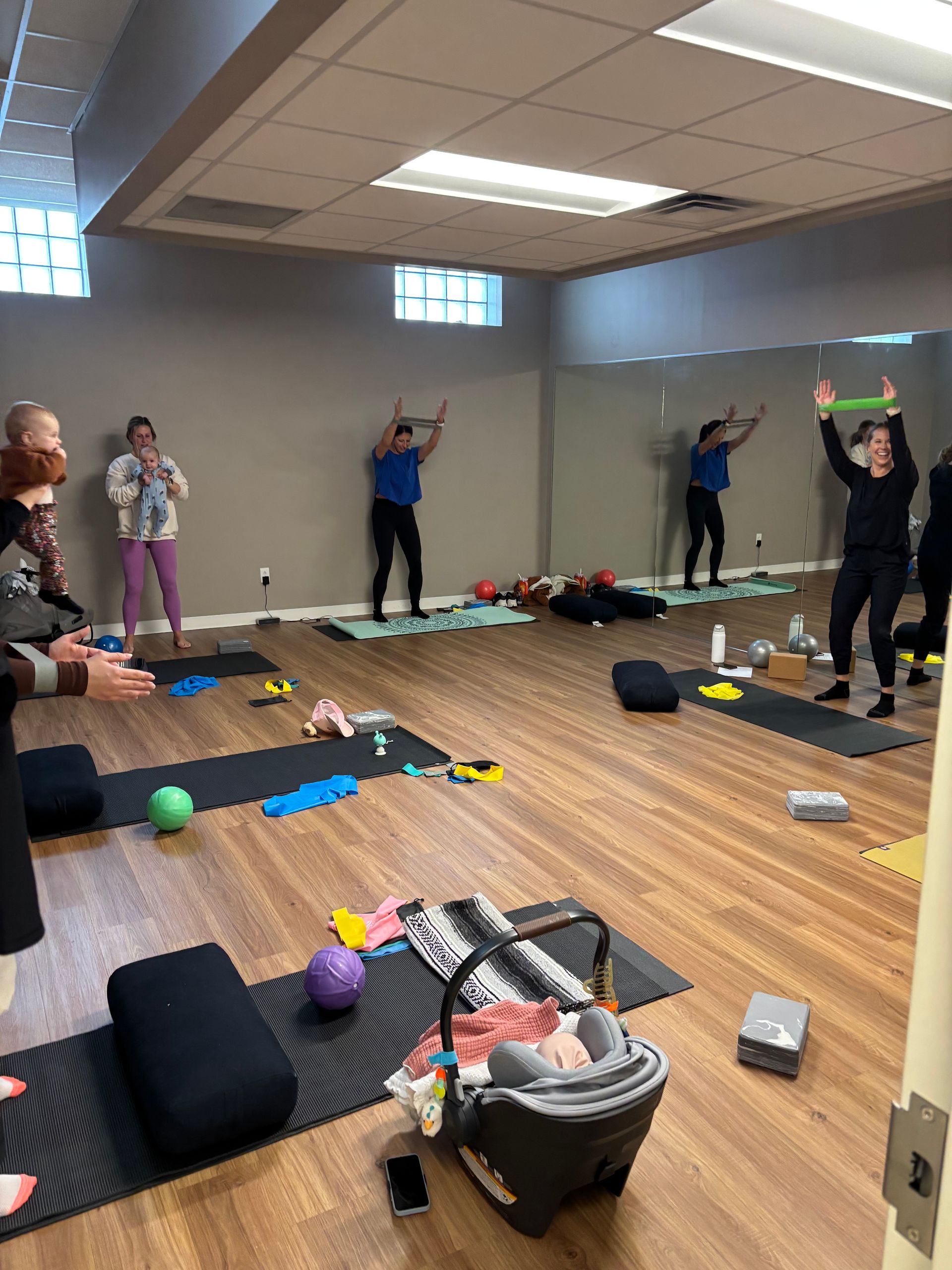
March 21, 2025
The Key to Change Studio is Now Open! We’re so excited to officially welcome you to The Key to Change Studio! This intimate space was created with one goal in mind: to support your wellness journey in a way that feels personal, empowering, and accessible. Whether you're a new mom rebuilding postpartum strength, a golfer improving your swing, or simply someone looking to move better and feel stronger, we’ve got a class for you. Led by expert instructors and rooted in intentional programming, our classes are designed to meet you where you are and help you reach your goals. But what truly sets group classes apart? It’s the community. When you step into a class, you’re surrounded by others on similar journeys—cheering you on, sharing laughs, and creating connections that make showing up feel less like a chore and more like something you look forward to. We’re kicking things off with a $15 introductory special for all December classes, so there’s no better time to check it out. Take a look at the schedule and join us for yoga, mobility, sports performance, postpartum recovery, and more. We can’t wait to see you in class! —The Key to Change Wellness Team

March 21, 2025
Back pain can be frustrating, disruptive, and sometimes downright scary. If you've been dealing with it for a while, you might think, Should I get an MRI to figure out what's wrong? While MRIs can provide detailed images of your spine, they're not always the best first step—and in many cases, they might not even be necessary. As a physical therapy and chiropractic practice, we emphasize conservative care first because research consistently shows that most back pain resolves without invasive testing or treatments. Let’s break down when an MRI might be helpful and why jumping to imaging can sometimes do more harm than good. What the Research Says About MRIs and Back Pain A study published in The New England Journal of Medicine revealed that many people without back pain have “abnormal” findings on MRIs, such as herniated discs or degenerative changes. In fact: 30% of people in their 30s have disc bulges, even if they have no symptoms. This number jumps to 80% in people over 60 . These findings show that what you see on an MRI doesn’t always explain your pain. Sometimes, these "issues" are just normal parts of aging and not the cause of your discomfort. Additionally, studies suggest that early imaging often leads to unnecessary interventions, like injections or even surgery, without better outcomes in the long term. When Is an MRI Necessary? While most cases of back pain improve with conservative care like physical therapy, chiropractic adjustments, and exercise, there are situations when an MRI may be warranted: Severe symptoms : If you’re experiencing numbness, weakness, or loss of control in your legs or bowel/bladder, imaging is essential. Pain that doesn’t improve : If your pain hasn’t improved after 6-8 weeks of targeted care, further investigation might be needed. Trauma : If your pain follows a significant injury (e.g., a car accident or fall), imaging can rule out fractures or other serious issues. The Benefits of Conservative Care First Rather than rushing to an MRI, starting with conservative care allows you to address the root causes of your pain. Physical therapy and chiropractic care can: Improve movement and posture. Reduce pain and inflammation. Strengthen muscles to prevent future episodes. In many cases, you’ll see significant improvement within a few weeks. Plus, you’ll avoid the stress and cost of unnecessary imaging. Final Thoughts If you're dealing with back pain, take a deep breath—most cases aren’t as serious as they feel. Rather than jumping to an MRI, consult a trusted healthcare provider who can guide you through conservative care. At Key to Change Wellness, we help people just like you move better, feel stronger, and get back to the activities they love—without unnecessary imaging or invasive treatments. If your pain isn’t improving or you’re experiencing red flag symptoms, we’ll guide you toward the next steps, including imaging if necessary. But in most cases, the best first step is simple: move, strengthen, and trust the process. Ready to take the first step? Reach out today to see how we can help!
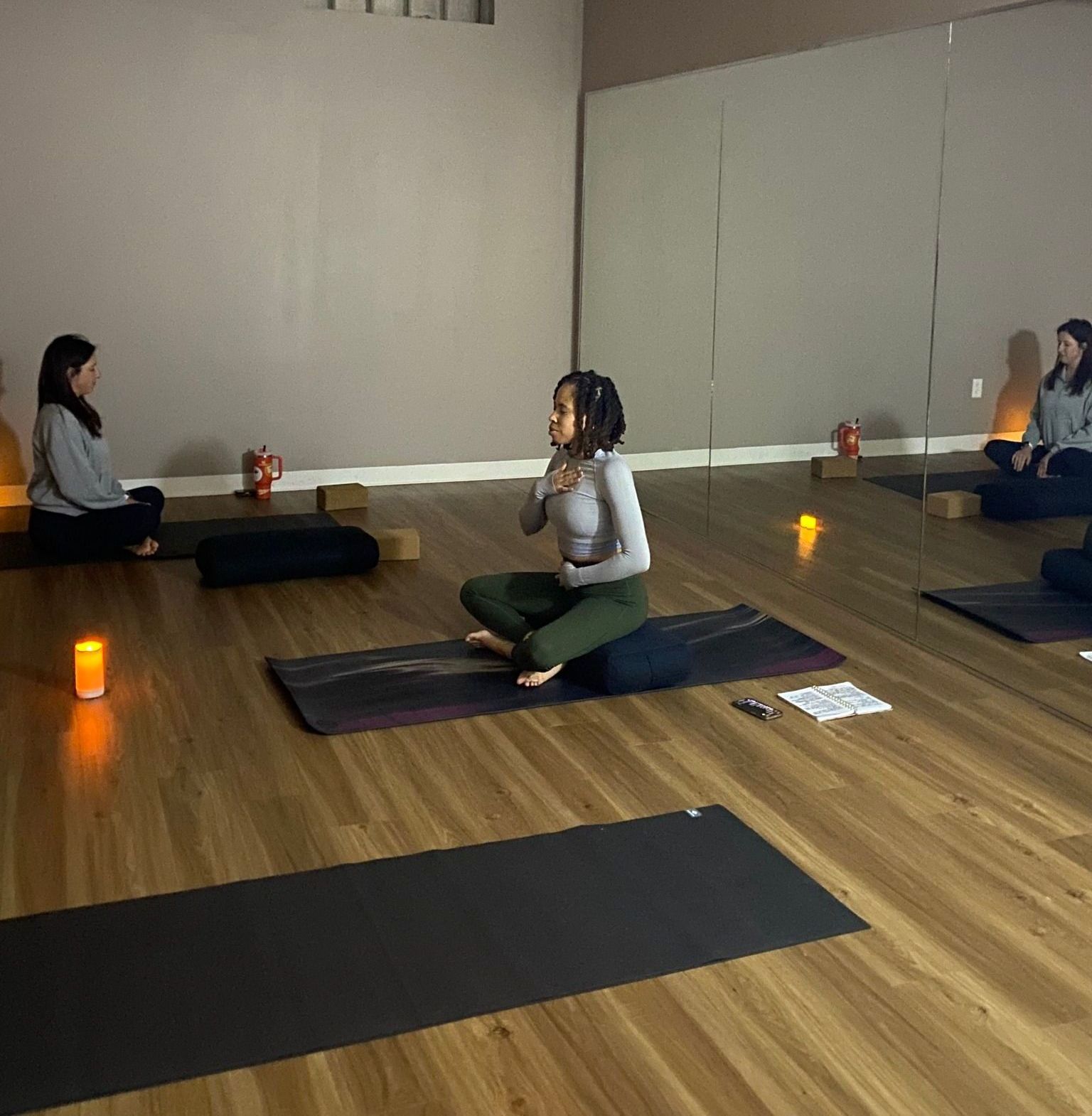
March 21, 2025
Happy 2025! I wanted a place where the list of our rotating classes and their descriptions could live. We are always looking to expand offerings in The Studio so send us an email with requests! Mobility for Men: A flexibility-focused class led by Dr. John Fee, D.C., designed to improve mobility, specifically in the hips and back. Ideal for men of all ages looking for an approachable alternative to yoga. Core + More: A full-body class with a core-strengthening focus that incorporates targeted movements for glutes and arms, leaving you strong and balanced from head to toe. This class is taught by Dr. Kelly Fee, DPT. Core + More Express: A 30-minute, lunchtime-friendly version of Core + More, delivering an efficient core-focused workout with added emphasis on glutes and arms to energize your afternoon. Rise & Flow: Start your day with intentional breath work, energizing movement that builds into a gentle flow, and finish with soothing yin stretches to leave you refreshed and grounded. This class is taught by Rachel Bryant. Gentle Yoga: A slow flow focused on gentle accessible movement and the connection of breath. This class will incorporate the use of props, meditation, and elements of breath work. This class is taught by Jequise Beverly. Yoga: Flow through an intermediate yoga practice with Megan Bales, designed to challenge your body and mind while promoting strength, flexibility, and mindfulness. Postpartum Core + Pelvic Floor: Dr. Kelly Fee will help you rebuild strength, improve pelvic floor function, and connect with other moms in this fun & challenging class where you can bring your baby along. Strong & Steady: A low-impact class focused on core strength, balance, and posture to build a stable foundation for everyday activities. Led by a physical therapist, this session supports joint health and functional movement, making it ideal for those seeking gentle, joint-friendly fitness. Other classes we are likely to bring back: Rotational Power + Flexibility for Golf, Tennis & Pickleball Yin Yoga Power Yoga Mobility for Runners & Cyclists Nutrition Workshops
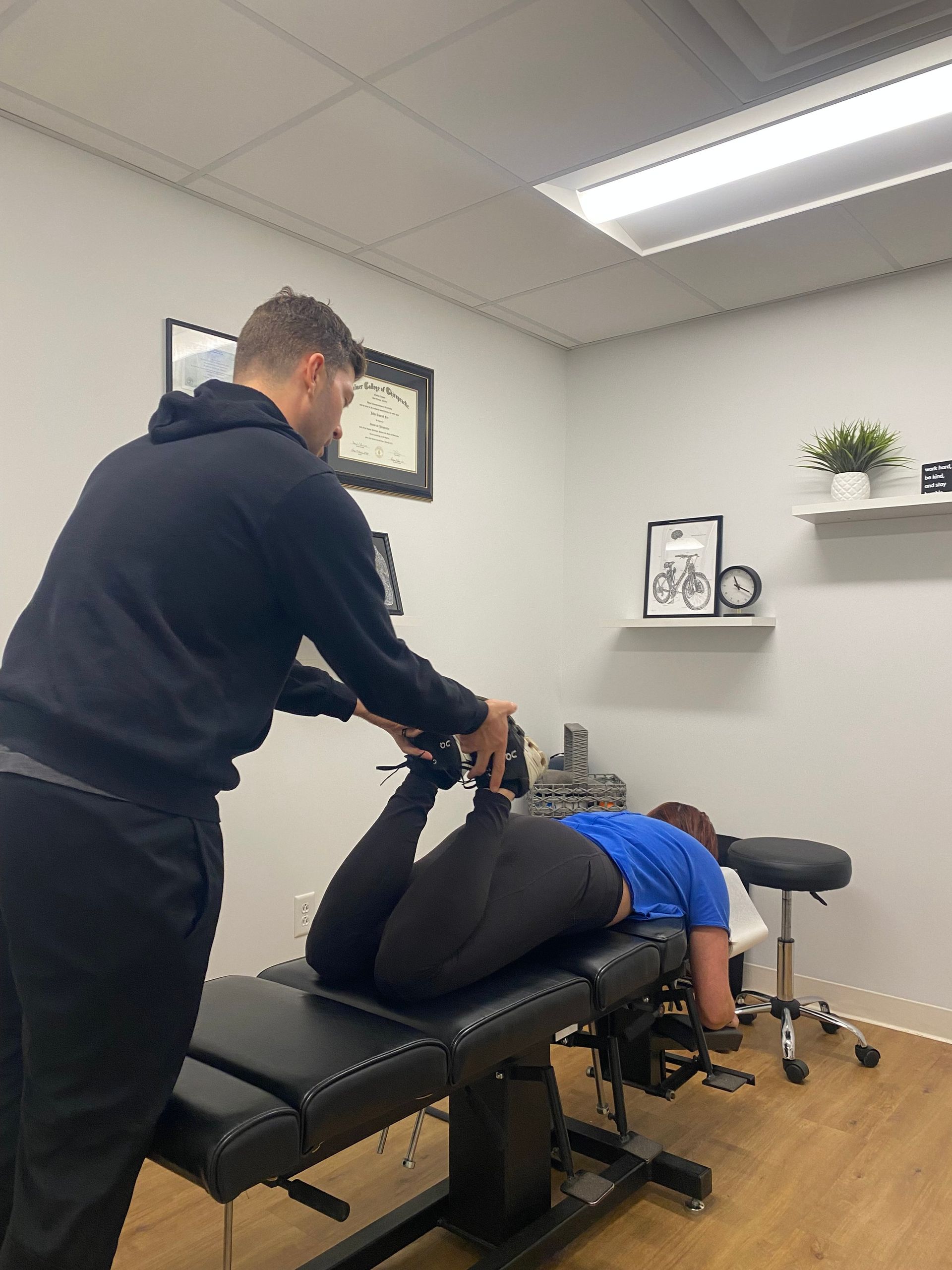
March 21, 2025
Sciatica is a term that often gets thrown around when describing lower back or leg pain, but what exactly is it? More importantly, what can you do to find relief and get back to your daily activities? In this post, we’ll review the two primary causes of sciatica, how physical therapy (PT) and chiropractic care can help, and why imaging like X-rays or MRIs isn’t always necessary right away. What is Sciatica? Sciatica refers to pain along the sciatic nerve, which (simply put) runs from your lower back, through the hips and buttocks, and down the back of each leg. Symptoms often include shooting pain, numbness, or tingling in one leg. While sciatica sounds daunting, it’s typically a symptom of an underlying issue rather than a diagnosis in itself. Two Common Causes of Sciatica Herniated Disc A herniated or "slipped" disc occurs when the soft inner portion of a spinal disc pushes out and irritates nearby nerves, including the ones that feed the sciatic nerve. This pressure can cause pain, tingling, or numbness along the nerve pathway down your leg. Signs of Disc-Related Sciatica : Pain worsens with sitting or bending forward. Symptoms may improve when lying down or walking. You may or may not have back pain in addition to leg symptoms. Piriformis Syndrome The piriformis is a small muscle in the buttock that can sometimes spasm or tighten, irritating the sciatic nerve underneath it. Unlike disc-related sciatica, this cause is often muscular in nature. Signs of Piriformis Syndrome : Pain localized in the buttock without pain in the back. Symptoms often worsen after prolonged sitting or direct pressure on the muscle. How PT and Chiropractic Care Can Help Physical Therapy Disc-Related Sciatica : PT focuses on exercises to reduce nerve irritation, strengthen the core, and improve comfortable spinal mobility. Specific stretches and movements, such as McKenzie exercises, may help "centralize" the pain away from the leg. Piriformis Syndrome : A PT will guide you through targeted stretches and release techniques to ease muscle tension, along with exercises to improve hip mobility & function. Chiropractic Care Disc-Related Sciatica : Chiropractors often use spinal adjustments to improve mobility and reduce pressure on the affected nerves. Piriformis Syndrome : Gentle adjustments and soft tissue techniques can help release tight muscles and improve overall spinal alignment. Both providers may utilize techniques like dry needling or cupping to facilitate the healing process. Each approach emphasizes long-term solutions and getting to the root cause to restore function and prevent recurrence. Do You Need Imaging Right Away? In most cases, the answer is no. Many cases of sciatica (when addressed early on) resolve with conservative care like PT or chiropractic within 4-6 weeks. Imaging may be recommended if: Symptoms persist despite treatment. You experience significant weakness, bowel or bladder issues, or worsening pain. There’s a history of trauma or other concerning signs. Relying on clinical assessment, rather than jumping to imaging, often leads to faster care and better outcomes without unnecessary delays. This will likely save you time and money with an ultimately better outcome. Take the First Step Toward Relief Sciatica may feel debilitating, but you don’t have to live with it. Physical therapy or chiropractic care can help you address the root cause, reduce pain, and get back to doing what you love. If you’re ready to take control of your sciatica symptoms, reach out to Key to Change Wellness today to schedule an appointment. We’re here to help you move better, feel better, and unlock your next level of wellness.

March 21, 2025
If you struggle with tension headaches , migraines , or neck pain that triggers headaches , you’re not alone. Headaches are one of the most common pain complaints, and they can be really debilitating. But here’s the good news— chiropractic care can help relieve headaches naturally , without relying on painkillers that just mask the symptoms. Why Do You Get Headaches? Most headaches aren’t just random. They often stem from muscle tension, poor posture, stress, or spinal joint restrictions —especially in the neck and upper back. If you spend a lot of time at a desk, staring at a screen, or carrying stress in your shoulders, you might be setting yourself up for chronic headaches. Some of the most common headache triggers include: ✔ Tension in the neck and shoulders ✔ Poor posture from sitting too much ✔ Jaw clenching or teeth grinding ✔ Spinal restrictions (especially in the upper neck) ✔ Stress leading to muscle tightness How Chiropractic Adjustments Help Headaches Chiropractic adjustments restore proper movement in the spine. When joints in the neck aren’t moving well, they can irritate nearby nerves and muscles, leading to cervicogenic headaches (headaches that start in the neck). A chiropractic adjustment can: 🔹 Improve neck mobility 🔹 Reduce muscle tension 🔹 Decrease nerve irritation 🔹 Improve blood flow to the head Many people notice instant relief after an adjustment, especially if their headaches are linked to neck stiffness or poor posture . Combining Dry Needling with Chiropractic for Headache Relief For stubborn headaches, dry needling can be a game-changer. This technique uses a thin needle (like used in acupuncture) to release tight muscles and trigger points that contribute to headache pain. When combined with an adjustment, dry needling can: ✅ Relax tight muscles in the neck, shoulders, and jaw ✅ Improve blood flow to decrease headache intensity ✅ Release trigger points that may be referring pain to your head Many patients feel relief faster and longer when we combine chiropractic adjustments with dry needling . Ready to Get Rid of Your Headaches for Good? If you’re tired of popping painkillers and pushing through the pain, it’s time to address the root cause of your headaches . Chiropractic care (especially when combined with dry needling) can help reduce headache frequency, intensity, and duration—naturally . Book an appointment today and let’s get you feeling better—headache-free!

March 5, 2025
Do you suffer from frequent headaches and feel like your only solution is to pop another pill? If so, you're not alone. Many people in Chattanooga, TN, experience tension headaches, migraines, and other forms of chronic head pain that disrupt daily life. While medication may provide temporary relief, it doesn’t address the root cause of your discomfort. That’s where chiropractic care comes in. Understanding the Root Causes of Headaches Headaches can be triggered by various factors, including: Poor posture Stress and muscle tension Spinal misalignment Nerve irritation TMJ dysfunction Many of these causes are related to the musculoskeletal system, making chiropractic care an effective, drug-free solution. How Chiropractic Adjustments Help with Headaches Chiropractic care focuses on correcting misalignments in the spine, particularly in the neck and upper back. Misalignments (also known as subluxations) can put pressure on nerves and restrict blood flow, leading to tension headaches and migraines. Chiropractic adjustments help to: Improve spinal alignment Reduce nerve irritation Enhance blood circulation Decrease muscle tension Studies have shown that chiropractic adjustments can significantly reduce the frequency and intensity of headaches, providing lasting relief without the need for medication. Lifestyle Adjustments for Long-Term Relief In addition to chiropractic treatments, making small lifestyle changes can further reduce headache frequency: Stay hydrated: Dehydration is a common trigger for headaches. Improve your workspace ergonomics: Ensure your computer screen is at eye level and avoid prolonged sitting. Practice relaxation techniques: Deep breathing, meditation, and yoga can help reduce stress. Get regular exercise: Movement helps improve circulation and reduce muscle tension. Experience Drug-Free Headache Relief in Chattanooga If you’re tired of relying on painkillers to manage your headaches, it’s time to explore a more natural approach. Chiropractic care and physical therapy provide safe, effective, and long-term relief by addressing the root causes of your pain. At Key To Change Wellness, we specialize in helping patients achieve optimal health without unnecessary medication. Contact us today to schedule a consultation and take the first step toward a pain-free life
Quick Links
Contact Us
Business Hours:
Monday - Friday
© 2025
All Rights Reserved | Key To Change Wellness | Powered by Flypaper | Privacy Policy
